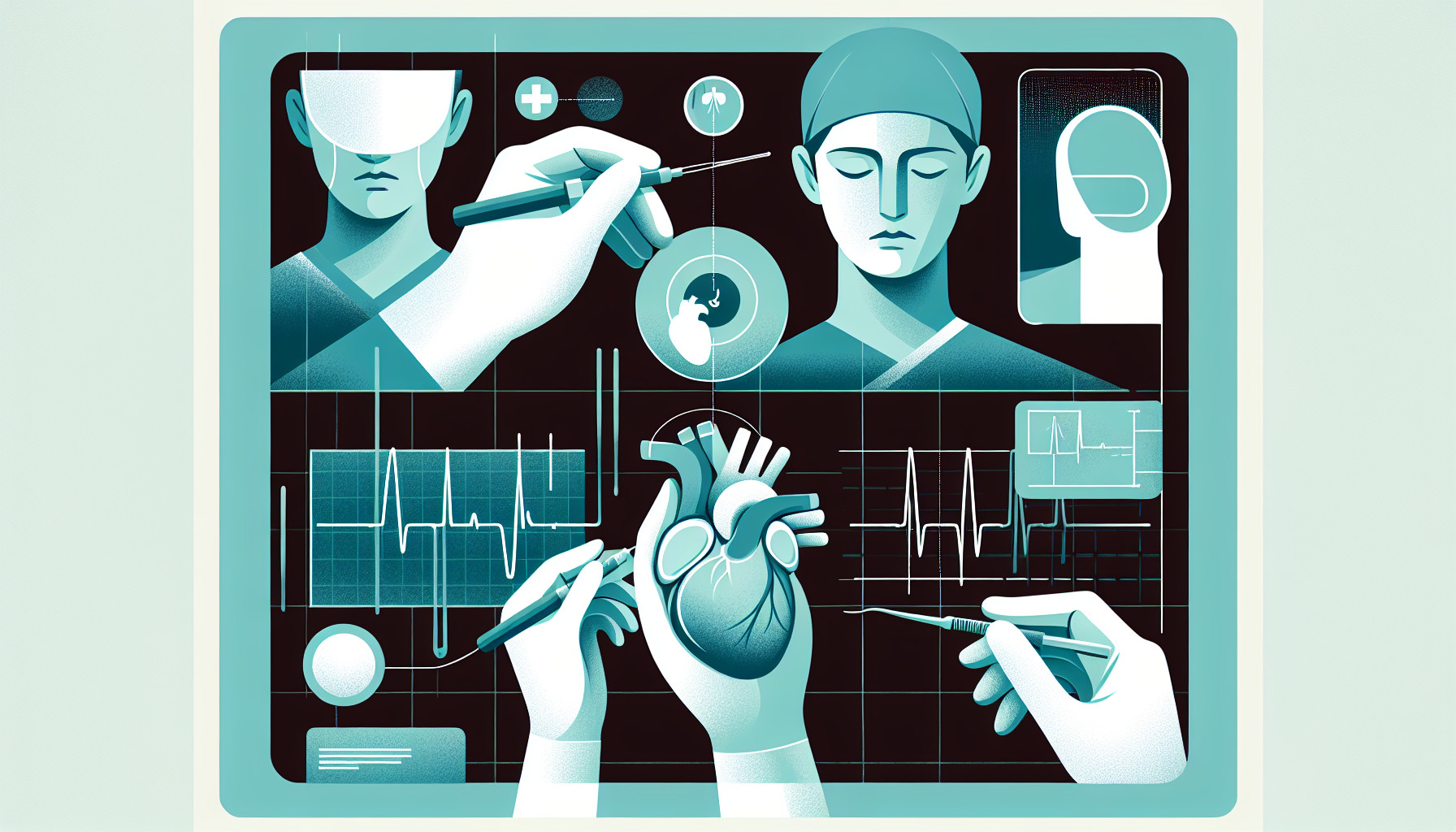Our Summary
This research paper looks at the complications experienced by three patients following a laryngectomy, a surgical procedure where the voice box is removed. Patient A developed a severe infection and narrowing of the tracheostoma, a hole made in the neck to help with breathing. Patient B suffered from difficulty breathing due to thick mucus blockages. Patient C experienced worsening speech and difficulty swallowing, which improved after the widening of a narrowed part of the throat. A laryngectomy brings about permanent changes in the body’s structure and functions. If there are problems with breathing, it’s crucial to remember that the tracheostoma is the only way air can enter the lungs. Speech can usually be restored with the help of a speech valve in a surgically created passage between the windpipe and the food pipe.
FAQs
- What are some potential complications after a total laryngectomy?
- How is speech generally rehabilitated after a total laryngectomy?
- Why is it important to recognize the tracheostoma as the only entrance to the airway in patients who have undergone a total laryngectomy?
Doctor’s Tip
One helpful tip a doctor might tell a patient about laryngectomy is to keep the tracheostoma clean and well-maintained to prevent infections or narrowing. Proper care of the tracheostoma can help ensure smooth breathing and prevent complications. Additionally, using a speech valve in a tracheoesophageal fistula can help with speech rehabilitation after the procedure. Regular follow-up appointments with your healthcare provider are important to monitor and address any potential issues that may arise.
Suitable For
Patients who are typically recommended for a laryngectomy are those with advanced laryngeal cancer that cannot be treated with other methods such as radiation or chemotherapy. Other indications for a laryngectomy may include severe vocal cord dysfunction, recurrent aspiration pneumonia, or severe dysphagia that cannot be managed with other treatments. Patients with chronic respiratory issues, such as chronic obstructive pulmonary disease (COPD) or chronic bronchitis, may also be recommended for a laryngectomy if their condition is significantly impacting their quality of life.
Timeline
Before laryngectomy:
- Diagnosis of laryngeal cancer or other condition requiring total laryngectomy.
- Consultation with healthcare providers, including otolaryngologists, speech therapists, and oncologists.
- Preoperative counseling and education about the procedure and potential outcomes.
- Surgery to remove the larynx and create a tracheostoma for breathing.
- Recovery period in the hospital, including pain management and monitoring for complications.
- Rehabilitation with speech therapists and other healthcare providers to learn new methods of communication.
After laryngectomy:
- Adjustment to changes in speech and breathing, including learning to use a speech valve in a tracheoesophageal fistula.
- Monitoring for complications such as tracheitis, mucus plugs, and pharyngeal stenosis.
- Follow-up appointments with healthcare providers for ongoing care and support.
- Rehabilitation to improve speech and swallowing abilities.
- Adjustment to lifestyle changes, including dietary modifications and changes in social interactions.
- Continued monitoring for recurrence of cancer or other complications related to the laryngectomy.
What to Ask Your Doctor
- What are the potential complications or side effects of a total laryngectomy?
- How will my ability to breathe be affected after the procedure?
- What changes should I expect in my speech and communication?
- How can I manage and care for my tracheostoma properly?
- Are there any lifestyle changes or restrictions I should be aware of post-surgery?
- What rehabilitation or therapy options are available to help with speech and swallowing difficulties?
- How frequently should I follow up with my healthcare provider for monitoring and management of any potential complications?
- Are there any support groups or resources available for individuals who have undergone a laryngectomy?
Reference
Authors: Fockens MM, van der Scheer FA, Eerenstein SEJ. Journal: Ned Tijdschr Geneeskd. 2024 Mar 5;168:D7676. PMID: 38512235
